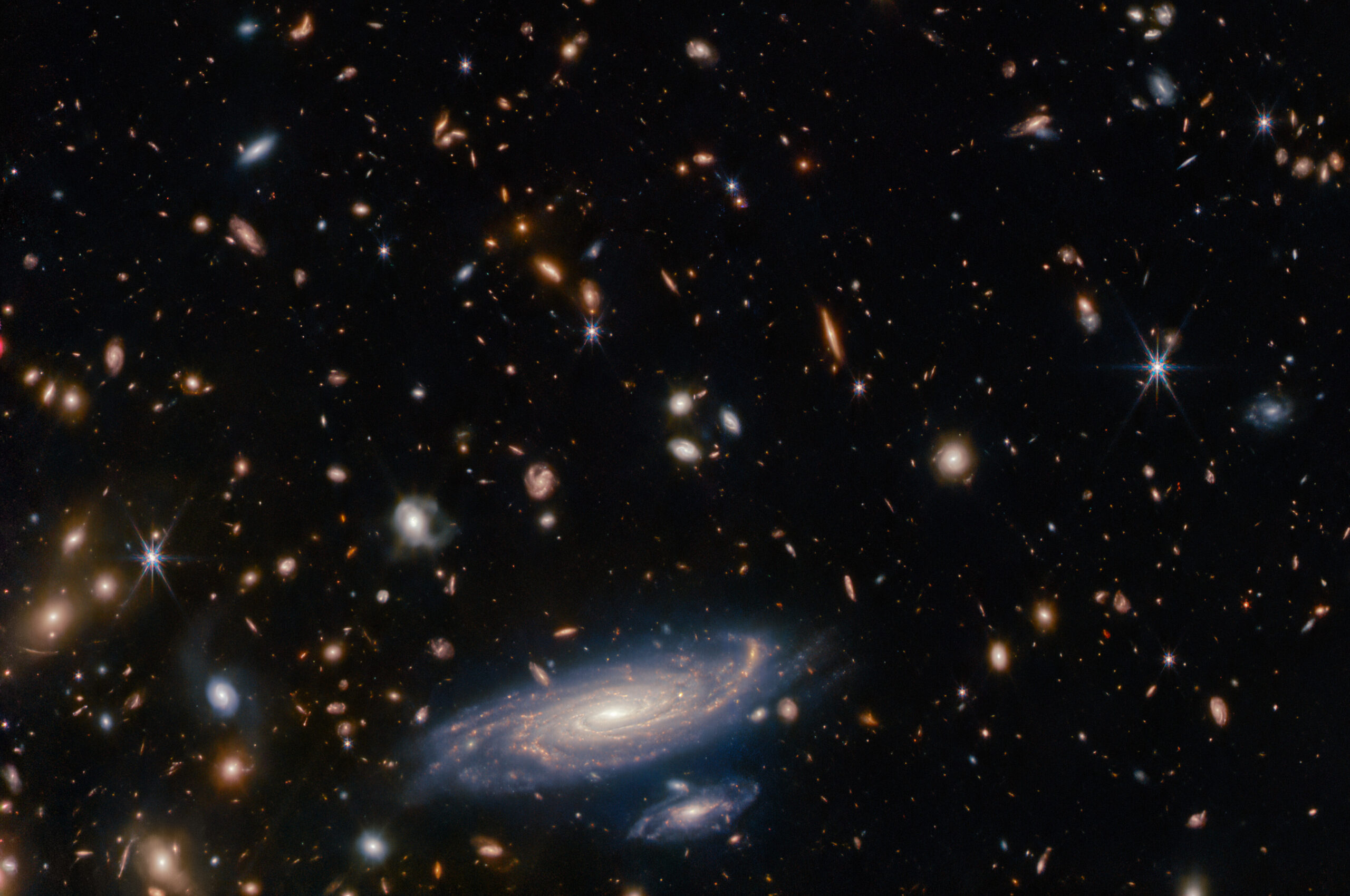This work got its start by trying to answer the question "how do you evaluate the scientific performance of the ESA's Science Programme missions?" For many years, the decision makers responsible for the content of the ESA Science Programme have been provided with information for each mission including, but not limited to, the number of publications published, the number of publications that are highly cited, the total number of citations used, various statistical metrics and the number of unique author names. However, this reporting only provides snapshots of these missions and was not widely distributed.
This volume provides a comprehensive toolbox of analysis techniques for ionospheric multi-satellite missions. The immediate need for this volume was motivated by the ongoing ESA Swarm satellite mission, but the tools that are described are general and can be used for any future ionospheric multi-satellite mission with comparable instrumentation.
Global experts present the future of Earth observation technologies
Offers key insights into how the digital transformation is affecting the space industry, and its application in sectors such as energy, mobility, security, and health
Enables the reader to stay ahead of inevitable change and to learn how to positively impact the world with innovative applications of open data
Includes fundamental information for policy-makers, environmental managers and other practitioners
Discusses application of concepts related to atmospheric chemistry and meteorology to real air pollution situations
Presents the use of satellite information together with surface measurements and models to address air pollution events
Presents guidelines for future actions to mitigate air pollution
Describes the story of one of the most successful space missions in astronomy, the Herschel Space Observatory, from early design to scientific achievement
Takes an interdisciplinary approach presenting a study conducted by space scientists, astrophysicists, managers of space missions, philosophers and historians of technology
Showcases the first application of the concept of "Innovation", both in technology and management to a major space astronomical telescope
Discusses ideas about knowledge management of large industrial projects, both for professional and educational purposes
Discusses various fields of Far UV spectroscopy, ranging from a catalog of stellar spectra to detailed modeling and measurements of the interplanetary background
Presents various types of data sets and different techniques for calibration based on SI-traceable calibration standards
Provides correction factors for coping with inconsistencies resulting from independently calibrated experiments
Presents the first comprehensive book on collisionless shocks since the 1980s
Offers a unique and excellently illustrated course on shock wave physics and applications
Provides an in-depth look at shocks and serves as an almost complete reference for space scientists and astrophysicists
Provides a historical account of the exploration of Venus by American, Russian and European space missions
Gives an up-to-date overview of recent observational results from the ESA Venus Express Mission
Presents a comprehensive summary of numerical modeling of the Venus atmosphere, including its super-rotation
Covers all the different techniques of remote sensing and monitoring of atmospheric water vapour
Provides fact sheets summarizing the main strengths and limits of the techniques
Provides fact sheets about individual instruments that are operated on a long term monitoring basis, which contributes to the investigation of trend studies in climate change
Covers all spectral domains used for observing astrophysical objects and phenomena in space
Presents extensive details on general techniques used in space astronomy, such as calibration, cryogenics in space and laser aligned structures
Discusses practical precautions to be used for astronomical space instrumentation as it relates to the launch and other implications of the space environmen

